Your hair type is the foundation of your hair care routine. Whether you’re looking to embrace your natural curls, find the best products, or even considering a hair transplant, understanding your hair type is key to making the right decisions.
In this guide, we’ll dive deep into Type 3 curly hair—exploring its subtypes (3A, 3B, and 3C), how it differs from other textures, and even whether it’s suitable for a hair transplant.
What is Type 3 Hair?
Type 3 hair is characterized by its naturally curly structure. Unlike Type 1 (straight) and Type 2 (wavy) hair, Type 3 hair forms well-defined curls that range from loose spirals to tight ringlets. The key features of Type 3 hair include:
✔ Curly or coiled texture
✔ Prone to frizz and dryness due to its shape, which makes it harder for natural oils to travel down the hair shaft
✔ Moderate to high volume depending on density and curl pattern
✔ Requires hydration and curl-enhancing products to maintain its shape and health
Type 3 hair is further divided into three subtypes based on curl pattern and thickness: 3A, 3B, and 3C.
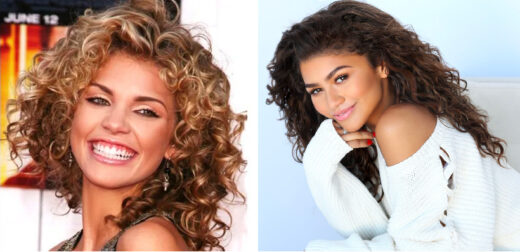
Types of Type 3 Hair
3A Hair Type
- Curl Pattern: Loose, well-defined curls that resemble ringlets
- Texture: Soft, fine, and often shiny
- Frizz Level: Low to moderate
- Best Care Tips: Lightweight curl-enhancing products, sulfate-free shampoo, and minimal heat styling
3A hair is the easiest to manage among the Type 3 curl patterns. It tends to hold styles well but may lose curl definition if over-washed or weighed down with heavy products.
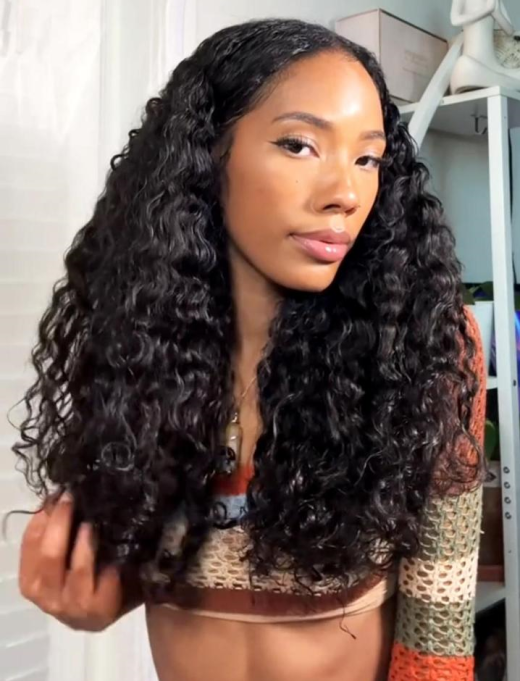
3B Hair Type
- Curl Pattern: Tighter curls, often springy and voluminous
- Texture: Medium to coarse
- Frizz Level: Moderate to high
- Best Care Tips: Deep conditioning, leave-in creams, and curl-defining gels
3B curls have more bounce and density than 3A, requiring extra hydration to prevent frizz. Protective styles can help retain moisture and reduce breakage.
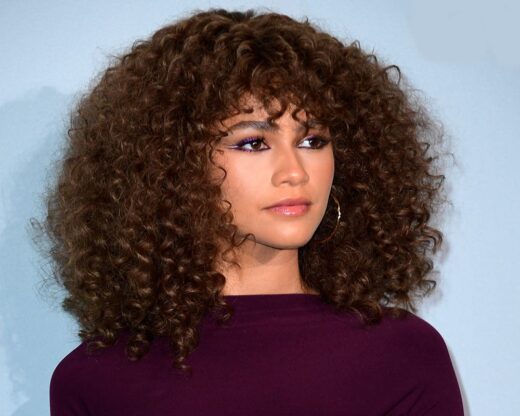
3C Hair Type
- Curl Pattern: Tight, corkscrew curls with high density
- Texture: Thick, coarse, and voluminous
- Frizz Level: High
- Best Care Tips: Heavy moisturizing products, low-manipulation styles, and minimal heat exposure
3C hair has the tightest curls of the Type 3 category, often appearing very full. It can be more prone to shrinkage, requiring extra moisture to maintain curl definition and prevent dryness.
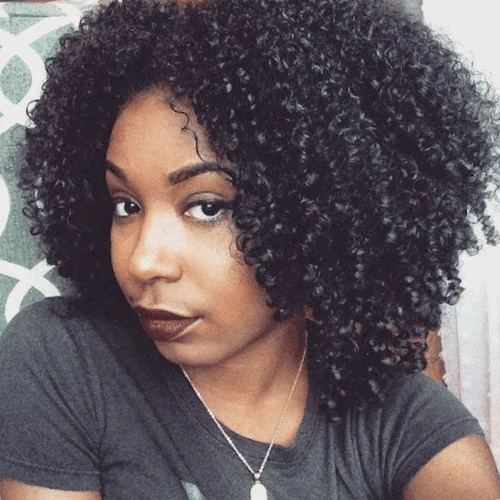
What Are the Main Differences Between Type 3 and Type 4 Hair?
Type 3 and Type 4 hair both have curls, but they differ in tightness, texture, and moisture retention:
| Feature | Type 3 Hair (Curly) | Type 4 Hair (Coily/Kinky) |
|---|---|---|
| Curl Pattern | Loose to tight curls (spirals) | Tight coils or zig-zag patterns |
| Texture | Fine to coarse | Coarse and wiry |
| Shrinkage | Moderate | High shrinkage (up to 75%) |
| Moisture Retention | Needs moisture but retains some natural oils | Extremely dry and requires heavy moisture |
| Styling | Can be worn in defined curls, wash-and-go styles | Often styled in protective styles (twists, braids, locs) |
While both hair types benefit from hydration, Type 4 hair requires heavier butters and oils compared to Type 3 hair, which thrives on lightweight curl creams and leave-ins.
Can You Change Your Hair Type from Type 4 to Type 3?
No, you cannot permanently change your natural hair type, as it is determined by genetics. However, some temporary methods can alter the appearance of Type 4 hair to look more like Type 3 curls, including:
✔ Chemical treatments (texturizers, relaxers) – Loosens curls but can cause damage over time
✔ Heat styling (blowouts, silk press) – Temporarily straightens hair but may lead to heat damage
✔ Curl-defining techniques (finger-coiling, perm rods, twist-outs) – Enhances curl definition but results last only until the next wash
While you can modify how your hair looks, it’s always best to embrace your natural texture and find products that work for your specific curl pattern.
Why Is It Important to Know Your Hair Type? | 3 Reasons
1. It Helps You Choose the Right Products
Different curl types need different products. Type 3 hair benefits from lightweight moisturizers and curl enhancers, while heavier creams may be too much.
2. It Guides Your Hair Care Routine
Knowing your hair type allows you to adjust your washing, conditioning, and styling methods accordingly, preventing unnecessary damage and breakage.
3. It Influences Hair Transplant Success
If you’re considering a hair transplant, knowing your hair type is crucial because different textures require different techniques for natural-looking results.
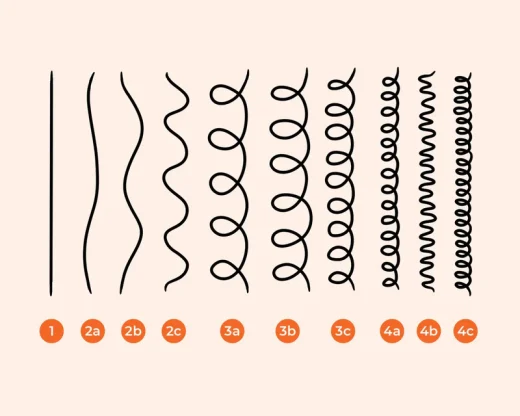
Is Type 3 Hair Suitable for a Hair Transplant?
Yes! Type 3 curly hair is highly suitable for hair transplants due to its volume and density. The natural curl pattern provides excellent coverage, making the transplant appear fuller. However, the success of the procedure depends on:
✔ The expertise of the surgeon – Curly hair requires precise placement to maintain natural curl direction
✔ Donor hair quality – The density and health of the donor area affect the results
✔ Post-transplant care – Proper hydration and gentle handling ensure the curls grow in properly
At Erdem Hospital, we specialize in hair transplants for all hair types, including Type 3 curls. Our advanced techniques ensure seamless, natural-looking results that blend perfectly with your existing curls.
Erdem Hospital – The right choice for your health!